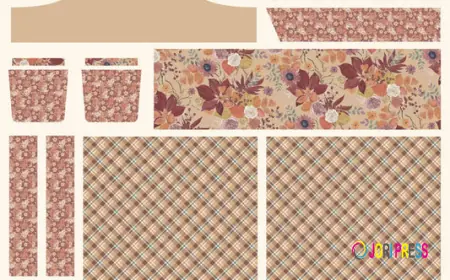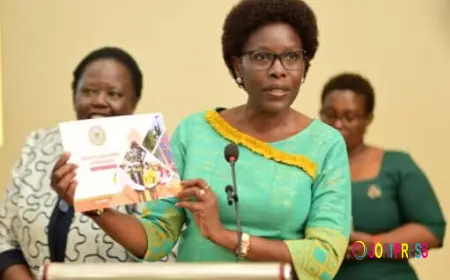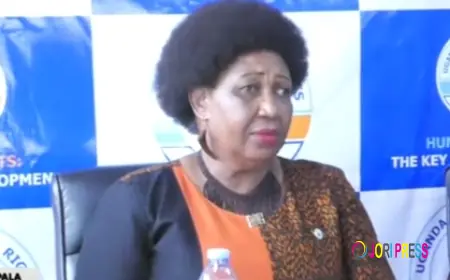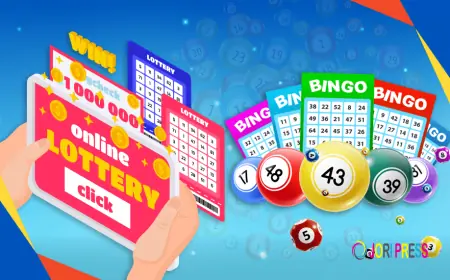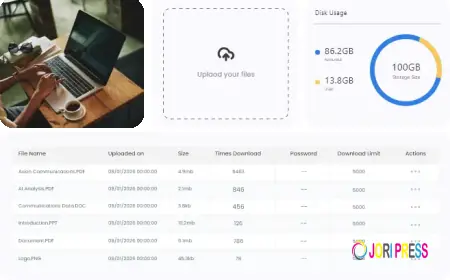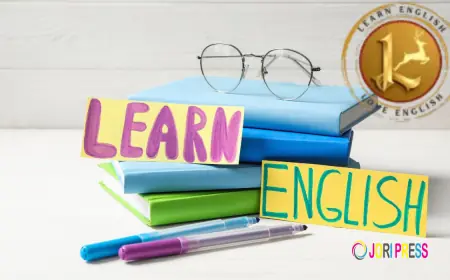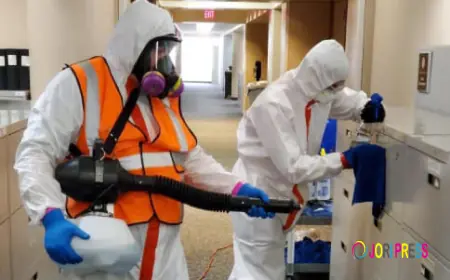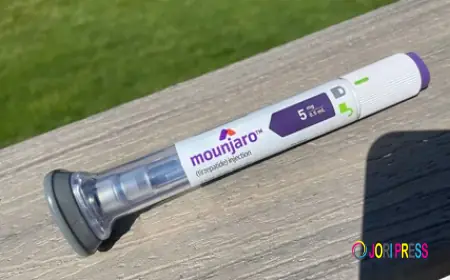How to Train Gentle Play Without Nipping
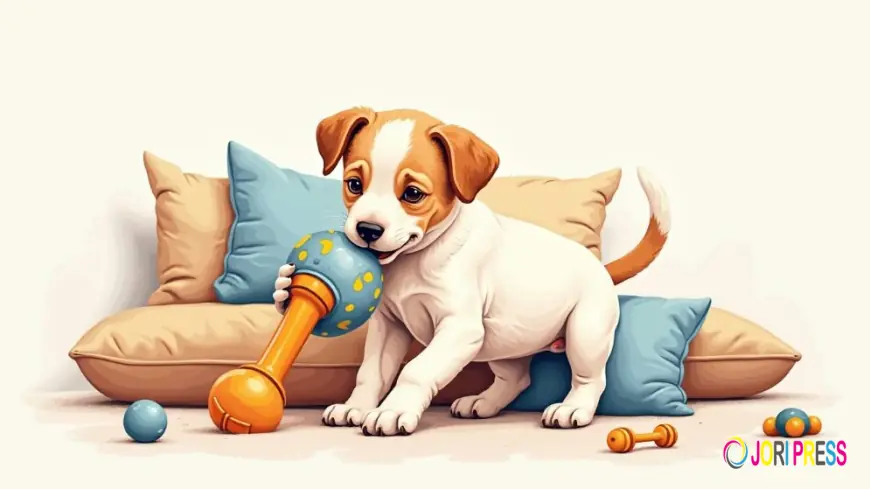
Bringing a new puppy into your home is an exciting journey filled with cuddles, playtime, and lots of learning for both you and your furry friend. One common challenge many new dog owners face is puppy biting. While nipping is a natural behavior for puppies as they explore the world and learn social boundaries, it’s important to guide them towards gentle play early on. This not only protects your hands and clothes but also sets the foundation for a well-behaved adult dog.
Understanding why puppies bite and how to redirect this behavior can transform your play sessions into enjoyable bonding moments. This comprehensive guide will walk you through the reasons behind puppy biting, effective training techniques, and practical tips to foster gentle play without nipping.
Why Do Puppies Bite?
The Natural Instinct of Puppy Biting
Puppy biting is a completely normal and instinctive behavior. From the moment puppies open their eyes, they begin exploring their environment with their mouths. Since they don’t have hands, their mouths become their primary tool for investigating objects, people, and other dogs.
In the wild, young dogs use their mouths to learn bite inhibition—the ability to control the force of their bite—through interactions with their littermates and mother. When puppies nip too hard during play, their siblings yelp or stop playing, teaching them to be gentler. This social learning is crucial for their development and helps prevent aggressive biting later in life. Additionally, this instinctive behavior is not just about play; it also serves a practical purpose. By engaging in playful biting, puppies practice skills they will need as adults, such as hunting and defending themselves. This playful interaction is a vital part of their socialization process, helping them understand boundaries and appropriate behavior in a pack setting. For proper puppy behavior and training tips, visit Four Dog Paws for expert guidance and resources.
Teething and Discomfort
Just like human babies, puppies go through a teething phase, usually between three weeks and six months of age. During this time, their gums can be sore and itchy, which leads them to chew and bite more frequently to relieve discomfort. This natural urge can make nipping at hands, fingers, or clothing more persistent.
Recognizing that biting is often a response to teething discomfort can help owners approach training with patience and empathy. Providing appropriate chew toys can be incredibly beneficial during this phase, as it not only helps soothe their gums but also redirects their biting behavior away from human hands and furniture. Toys that are specifically designed for teething puppies, such as rubber or soft fabric toys, can provide relief while also encouraging healthy chewing habits. Regularly rotating these toys can keep the puppy engaged and reduce the likelihood of them seeking out inappropriate items to chew on.
Seeking Attention and Play
Puppies are social creatures who crave interaction. Sometimes, biting is simply a way to get your attention or invite you to play. If biting results in a fun game or reaction, puppies quickly learn that nipping is an effective way to engage you.
Understanding this motivation is key to redirecting their energy toward more appropriate forms of play. Engaging in interactive games like fetch or tug-of-war can provide the stimulation they seek while teaching them to channel their excitement in a positive manner. Additionally, incorporating training sessions that reward calm behavior can help reinforce the idea that gentle interactions lead to more rewarding experiences. Consistency in these approaches will help puppies learn that there are better ways to get attention and playtime without resorting to biting, ultimately fostering a stronger bond between the puppy and their owner.
How to Teach Gentle Play: Step-by-Step Training Techniques
Start with Bite Inhibition Training
Bite inhibition is the cornerstone of teaching your puppy to play gently. The goal is to help your puppy understand how to control the pressure of their bite so that it doesn’t hurt you or others.
One effective method is to mimic the feedback puppies get from their littermates. When your puppy bites too hard during play, let out a high-pitched “ouch!” or “yelp!” immediately. This sudden noise mimics the reaction of a hurt littermate and signals that the bite was too strong.
After vocalizing, stop playing and turn away for a short time—about 20 to 30 seconds. This brief timeout teaches your puppy that biting too hard leads to the end of fun. Gradually, your puppy will learn to moderate their bite pressure to keep the game going.
It’s important to be consistent with this method, as inconsistency can confuse your puppy. If they receive mixed signals about what is acceptable, they may not fully grasp the concept of gentle play. Additionally, consider incorporating short training sessions focused solely on bite inhibition, where you can practice this technique without distractions. This focused approach can reinforce the lesson and help your puppy learn more effectively.
Use Appropriate Chew Toys
Redirecting your puppy’s biting onto appropriate chew toys is essential. Keep a variety of textures and sizes available, such as rubber toys, rope toys, and soft plushies designed for puppies.
Whenever your puppy starts to nip at your hands or clothing, calmly replace your hand with a chew toy. Praise your puppy enthusiastically when they bite the toy instead of you. This positive reinforcement encourages them to choose toys over fingers.
Moreover, it’s beneficial to rotate the toys regularly to maintain your puppy’s interest. Puppies can become bored with the same toys, which may lead them to seek out other items to chew on, including your hands or furniture. By introducing new toys or even homemade options, such as a frozen wet towel or a sock filled with crinkly paper, you can keep playtime engaging and focused on appropriate items.
Teach the “Gentle” or “Easy” Command
Once your puppy starts to understand bite inhibition, you can introduce a verbal cue like “gentle” or “easy.” Use this command during play when your puppy’s mouthing begins to get a little too rough.
When your puppy bites softly, say “gentle” and reward them with praise or a treat. If the bite is too hard, use the “ouch” method and pause play. Over time, your puppy will associate the command with controlled, gentle mouthing.
In addition to verbal cues, you can also use hand signals to reinforce the command visually. For example, a gentle hand motion can accompany the word “gentle,” helping your puppy understand the command through multiple forms of communication. Consistent practice during various play scenarios will strengthen their understanding and response to the command, making it a reliable part of their behavior repertoire.
Practice Calm Play Sessions
Excited, high-energy play often leads to more biting and nipping. To encourage gentler behavior, keep play sessions calm and controlled. Use toys that promote slow, focused interaction rather than wild chasing games.
Short, frequent playtimes are better than long, overly stimulating sessions. This approach helps your puppy stay relaxed and less prone to biting out of excitement or frustration.
Incorporating training exercises that promote calmness can also be beneficial. For instance, you can practice “sit” or “stay” commands before initiating playtime, reinforcing the idea that calm behavior is rewarded with fun. Additionally, consider ending each session with a few minutes of quiet bonding time, such as gentle petting or brushing, which can help your puppy learn to associate calmness with positive experiences. This routine can create a balanced environment where your puppy feels secure and understands the difference between high-energy play and calm interactions.
Additional Tips and Strategies for Managing Puppy Biting
Be Consistent with Everyone in the Household
Consistency is crucial when training a puppy not to bite. All family members and visitors should follow the same rules and training methods. Mixed messages—such as some people allowing biting or rough play—can confuse your puppy and slow progress.
Make sure everyone understands the importance of using the “ouch” sound, redirecting to toys, and stopping play when biting occurs. This united approach reinforces the training and helps your puppy learn faster.
Use Timeouts Effectively
If your puppy continues to bite despite gentle corrections, a brief timeout can be an effective tool. This involves calmly removing your puppy from the play area for one to two minutes to help them calm down.
Timeouts should never be used as punishment but rather as a way to interrupt overstimulated or aggressive behavior. After the timeout, resume play calmly and reward gentle behavior.
Encourage Positive Socialization
Socializing your puppy with other dogs and people is an excellent way to teach bite inhibition naturally. Supervised playdates with vaccinated, well-mannered dogs allow your puppy to learn appropriate play behavior and boundaries.
Observe interactions closely and intervene if play becomes too rough. Positive social experiences help your puppy develop confidence and reduce biting out of fear or anxiety.
Provide Plenty of Exercise and Mental Stimulation
Sometimes, puppies bite because they have excess energy or are bored. Ensuring your puppy gets enough physical exercise and mental enrichment can reduce biting behaviors significantly.
Daily walks, puzzle toys, training sessions, and interactive games like fetch or hide-and-seek keep your puppy’s mind and body engaged, making them less likely to nip out of frustration.
When to Seek Professional Help
Recognizing Problematic Biting
While puppy biting is normal, certain biting behaviors may require professional intervention. If your puppy bites aggressively, does not respond to training, or causes injury, it’s important to consult a veterinarian or a certified dog trainer.
Signs that biting may be a serious issue include growling or snapping during bites, escalating intensity, or biting triggered by fear or anxiety. Early professional guidance can prevent these behaviors from becoming entrenched.
Working with a Dog Trainer or Behaviorist
A qualified dog trainer or behaviorist can offer personalized strategies tailored to your puppy’s temperament and your household’s needs. They can demonstrate effective bite inhibition techniques, help with socialization, and address any underlying behavioral concerns.
Many trainers offer group classes, private sessions, or virtual consultations, making professional support accessible regardless of your location.
Conclusion
Training your puppy to play gently without nipping takes patience, consistency, and understanding. Remember that biting is a natural part of puppy development, but with the right guidance, your puppy can learn to control their mouthing and enjoy playtime without causing pain or damage.
By teaching bite inhibition, providing appropriate chew toys, maintaining calm play sessions, and reinforcing positive behavior, you’re setting your puppy up for a happy, healthy, and well-mannered life. The effort you invest now will strengthen your bond and ensure many joyful years together.
Every puppy is unique, so celebrate small victories along the way and don’t hesitate to seek help if needed. With love and consistent training, gentle play will become the norm, making your puppy a delightful companion for life.
What's Your Reaction?
 Like
0
Like
0
 Dislike
0
Dislike
0
 Love
0
Love
0
 Funny
0
Funny
0
 Angry
0
Angry
0
 Sad
0
Sad
0
 Wow
0
Wow
0










